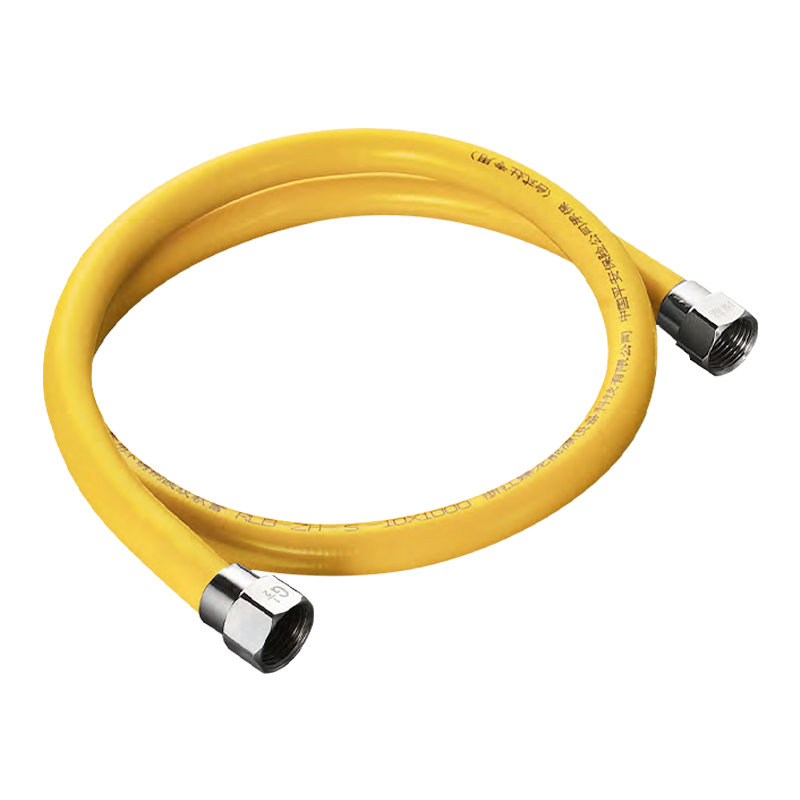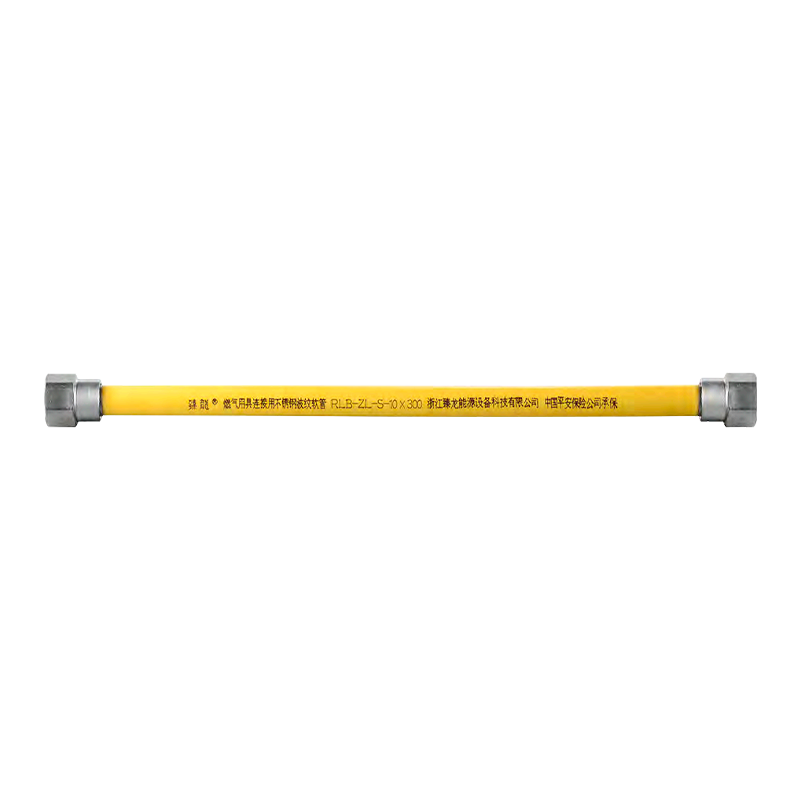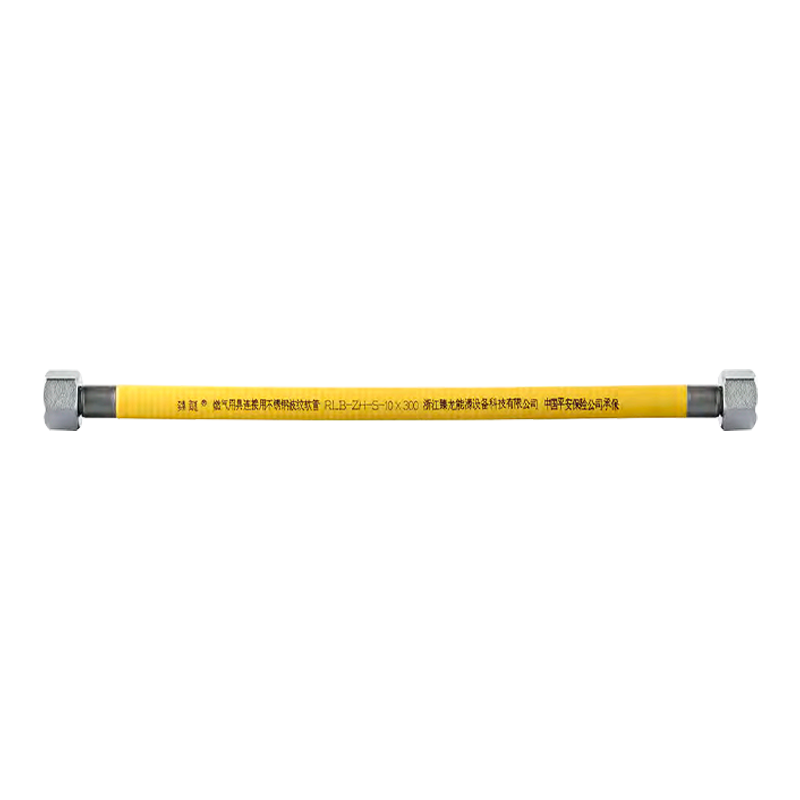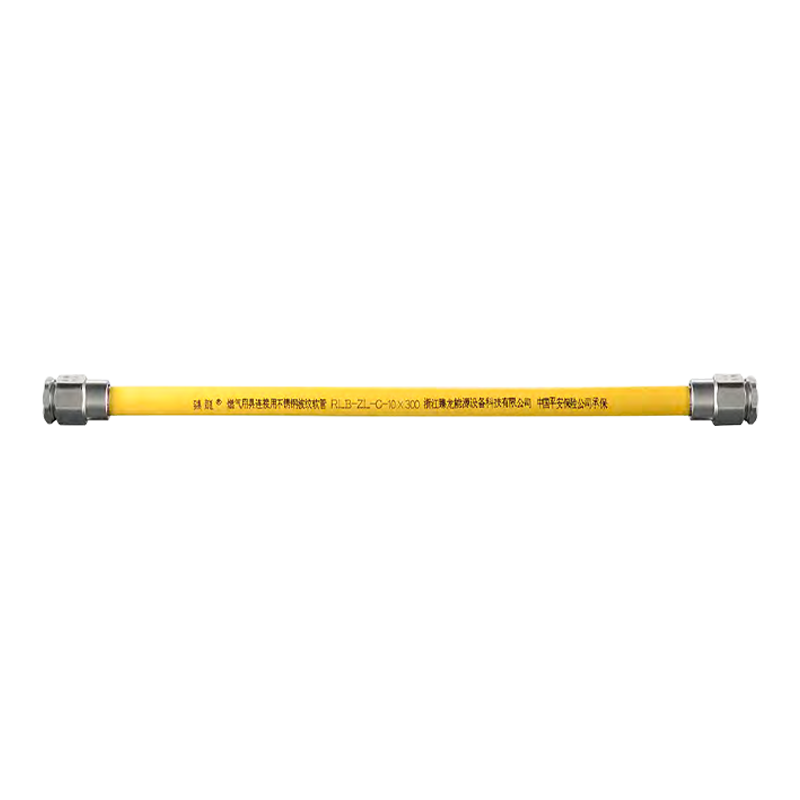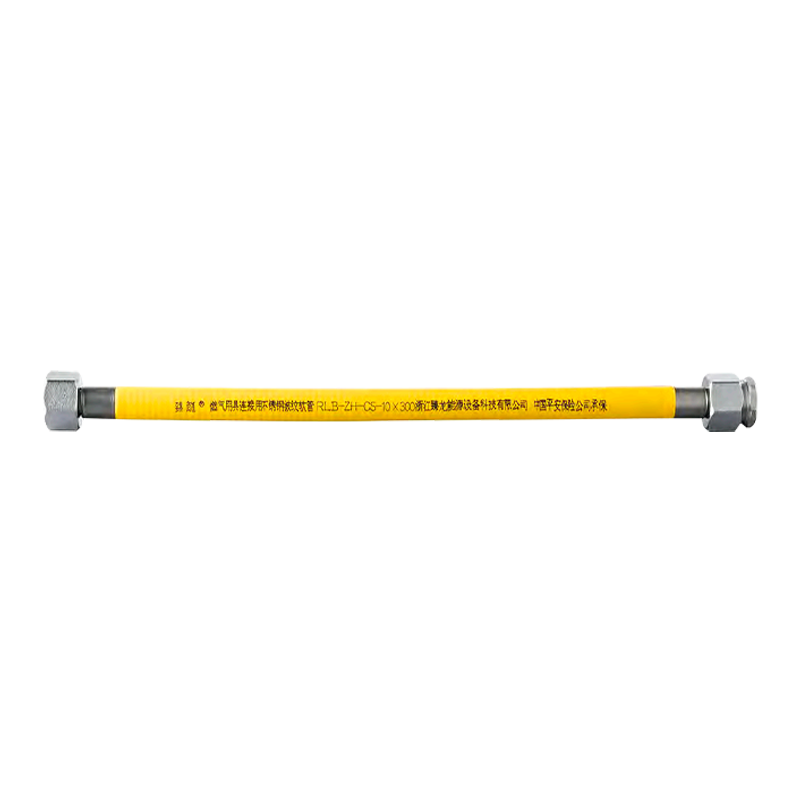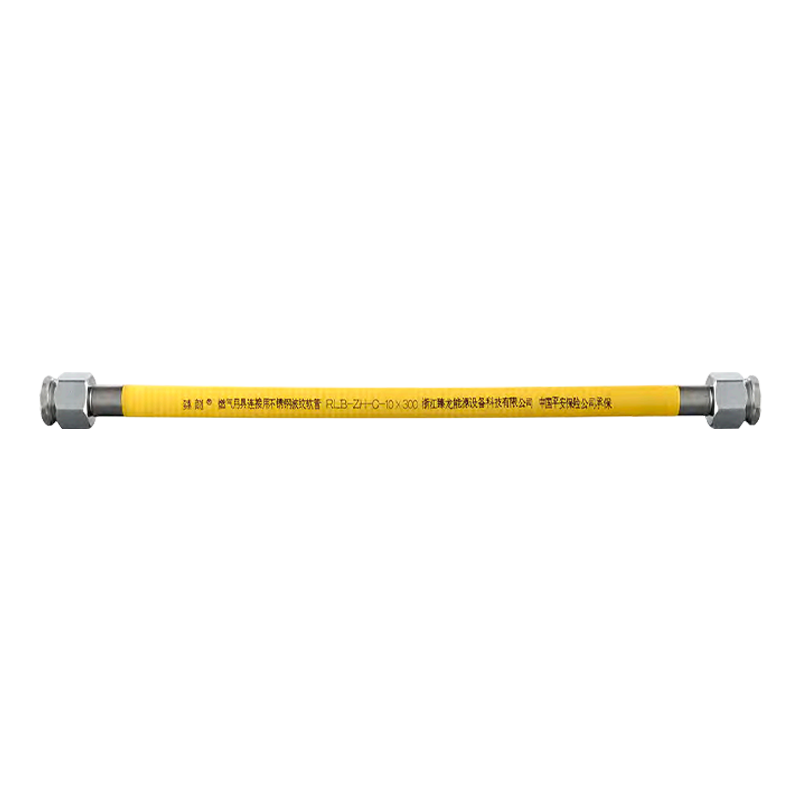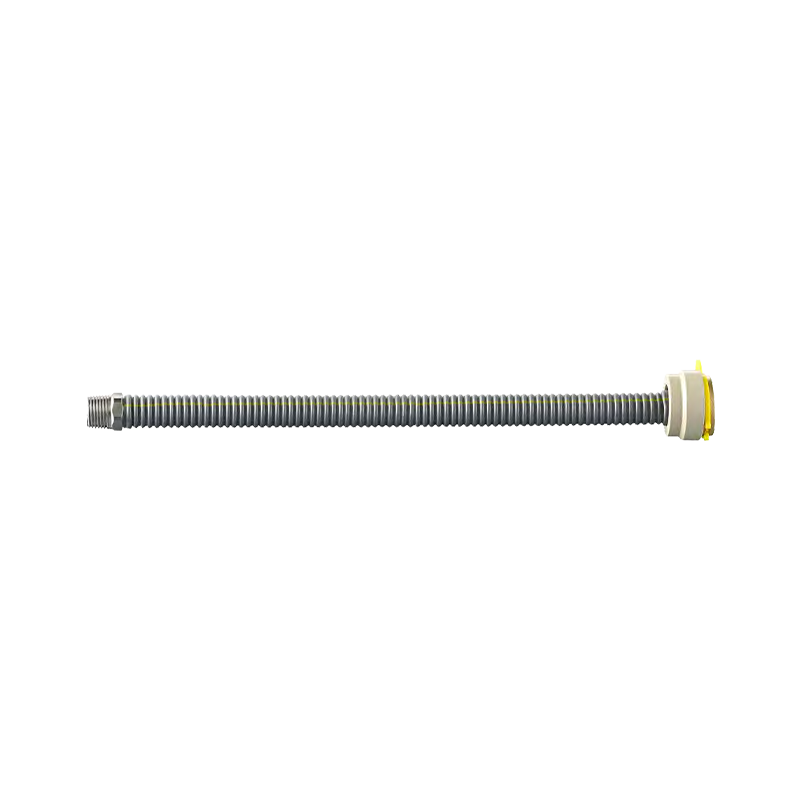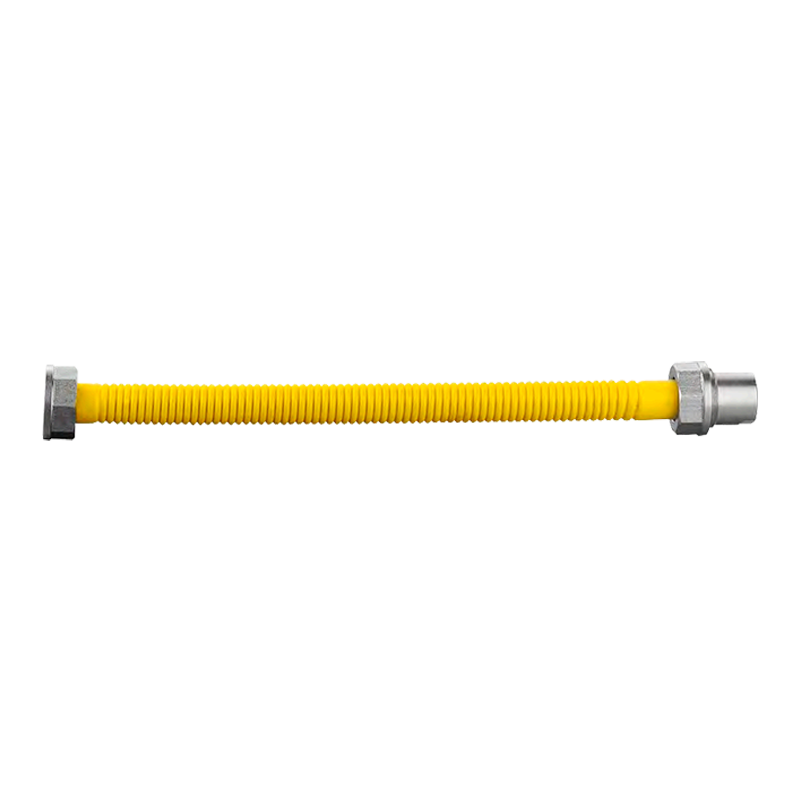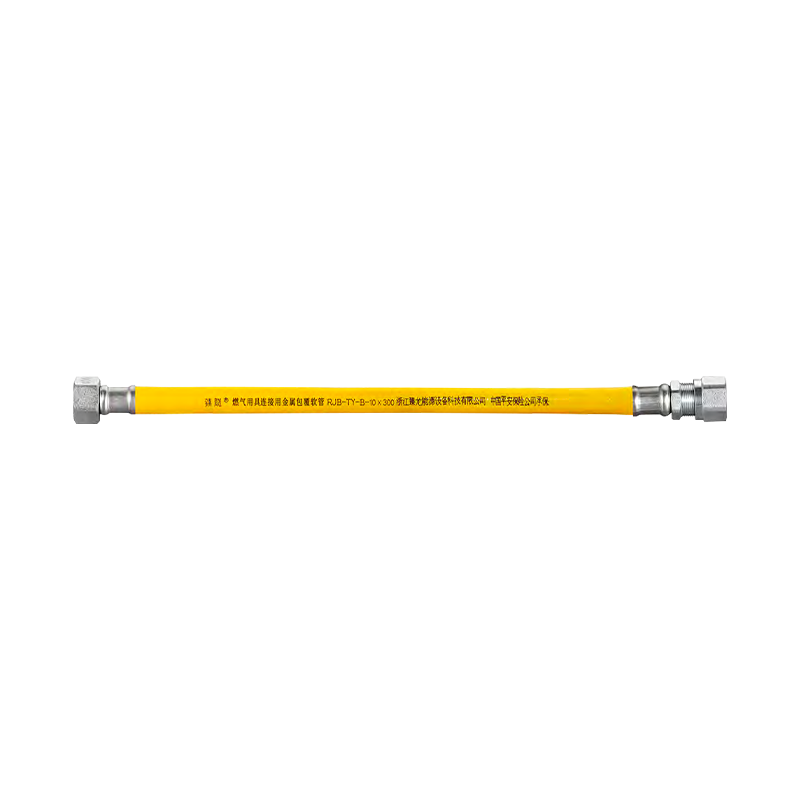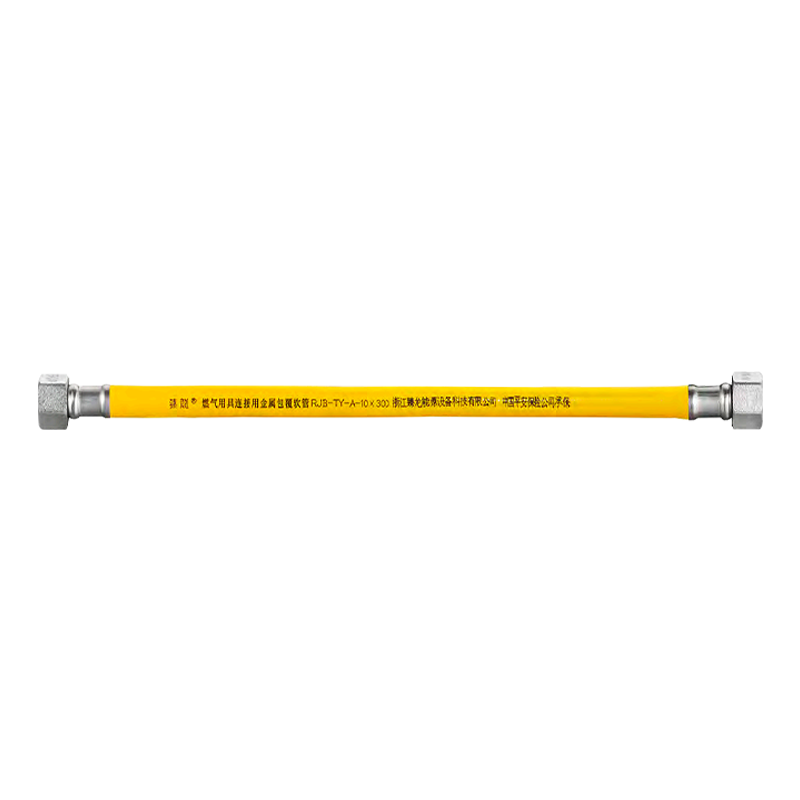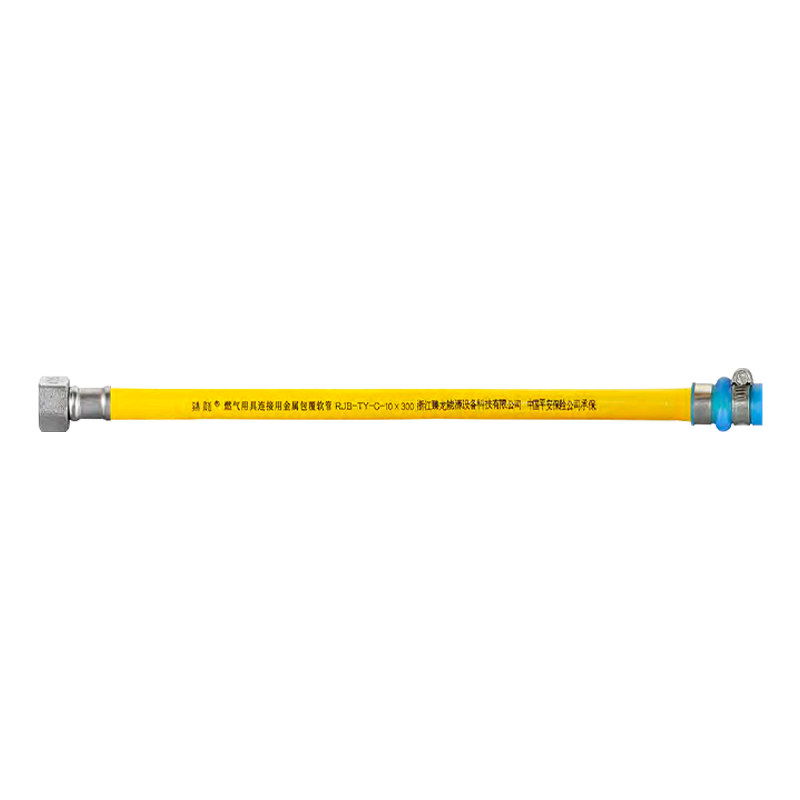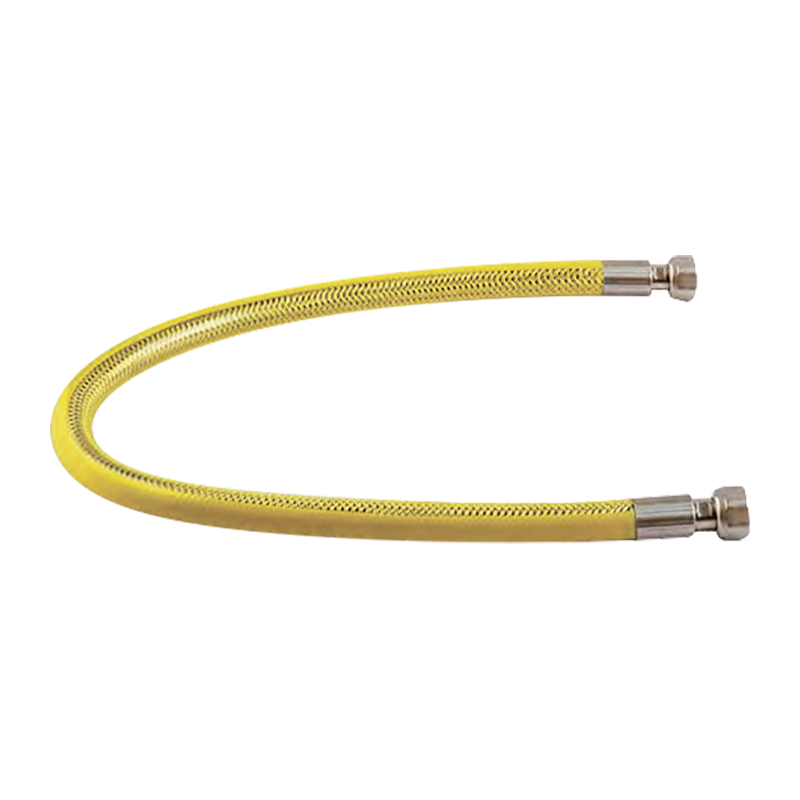Stainless steel bellows can effectively improve gas safety and, when properly installed and regularly maintained, are highly effective in preventing gas leaks. They are significantly safer than traditional rubber hoses.
Content
1. How Stainless Steel Bellows Improve Leak Prevention
Stainless steel bellows enhance safety and prevent gas leaks in the following ways:
Corrosion-Resistant Material: Stainless steel effectively resists corrosion from kitchen fumes, humid environments, and common corrosive substances. Unlike rubber hoses, it is less susceptible to leaks due to aging, brittleness, and cracking.
High-Temperature Resistant: The stainless steel tube can withstand high temperatures. Flames typically only affect the outer PVC protective layer, unlike rubber hoses, which can soften and catch fire at high temperatures.
Rodent-Resistant: The sturdy stainless steel material effectively prevents small animals such as rats from chewing through the tube wall.
More Reliable Connections: According to the national standard GB/T 41317-2022, stainless steel bellows for gas appliance connections require threaded connections at both ends. This is more secure than the plug-in connections and clamps used on traditional rubber hoses and effectively prevents accidental disconnection. Long Service Life: Rubber hoses generally have a service life of around 18 months, and the risk of aging increases with extended use. Stainless steel bellows, on the other hand, have a service life of up to 8-10 years, reducing the risk of leaks due to material aging.
2. Precautions
Although stainless steel bellows offer greater safety, gas leaks can still occur if the following conditions exist:
Improper Installation:
Excessive Length: National standards stipulate that the length should not exceed 2.0 meters. Excessive length can easily lead to bending and twisting, increasing the risk of leaks.
Unauthorized Modification: Using a tee to connect multiple gas appliances is strictly prohibited, as this significantly increases the risk of leaks.
Incorrect Installation: Failure to tighten threads, using substandard sealing materials, or forcibly twisting the pipe during installation can all create potential hazards.
Improper Use and Maintenance:
Illegal Concealment: Corrugated pipes must not be placed through walls, ceilings, floors, windows, or doors. Leaks made by these methods will be difficult to detect and repair.
External Damage: Although rat-resistant, impacts and scrapes from sharp objects can still damage the pipe. Expiration of service life: Although it has a long service life, it is not "permanent" and needs to be replaced regularly.
Unqualified product quality: If you purchase inferior products that do not meet national standards (such as GB/T 41317-2022) (such as using 201 stainless steel to impersonate 304/316 stainless steel, with insufficient wall thickness), its corrosion resistance and mechanical properties will be greatly reduced.
3. Purchase, installation and maintenance recommendations
To ensure the safety and protection of stainless steel bellows, you need to pay attention to the following points:
(1) Correct purchase:
Identify 304 or 316 stainless steel materials and pay attention to the wall thickness (usually recommended to be no less than 0.8mm, please refer to the product standard for details).
Select products with threaded joints at both ends and comply with the GB/T 41317-2022 standard.
Purchase products with certificates and clear markings through formal channels.
(2) Professional installation:
Be sure to ask a qualified professional gas installer to install.
Make sure the length does not exceed 2 meters and there are no joints. After installation, concealed burial and the use of tees are strictly prohibited. After installation, be sure to conduct a leak check (e.g., apply soapy water to the joints to check for bubbles).
(3) Regular inspection and maintenance: Regular inspection:
Check the pipes for scratches, rust, deformation, and joints monthly to see if they are secure, and use soapy water to test for leaks. Timely replacement: Even if there is no damage, it should be replaced within the service life (generally 8-10 years) or the same life as the burner (refer to GB55009-2021 regulations). If any hidden dangers are found, please ask a professional to replace it immediately. Avoid accidental injuries: Be careful to prevent hard objects from hitting or scratching.

 English
English 中文简体
中文简体 Español
Español عربى
عربى


